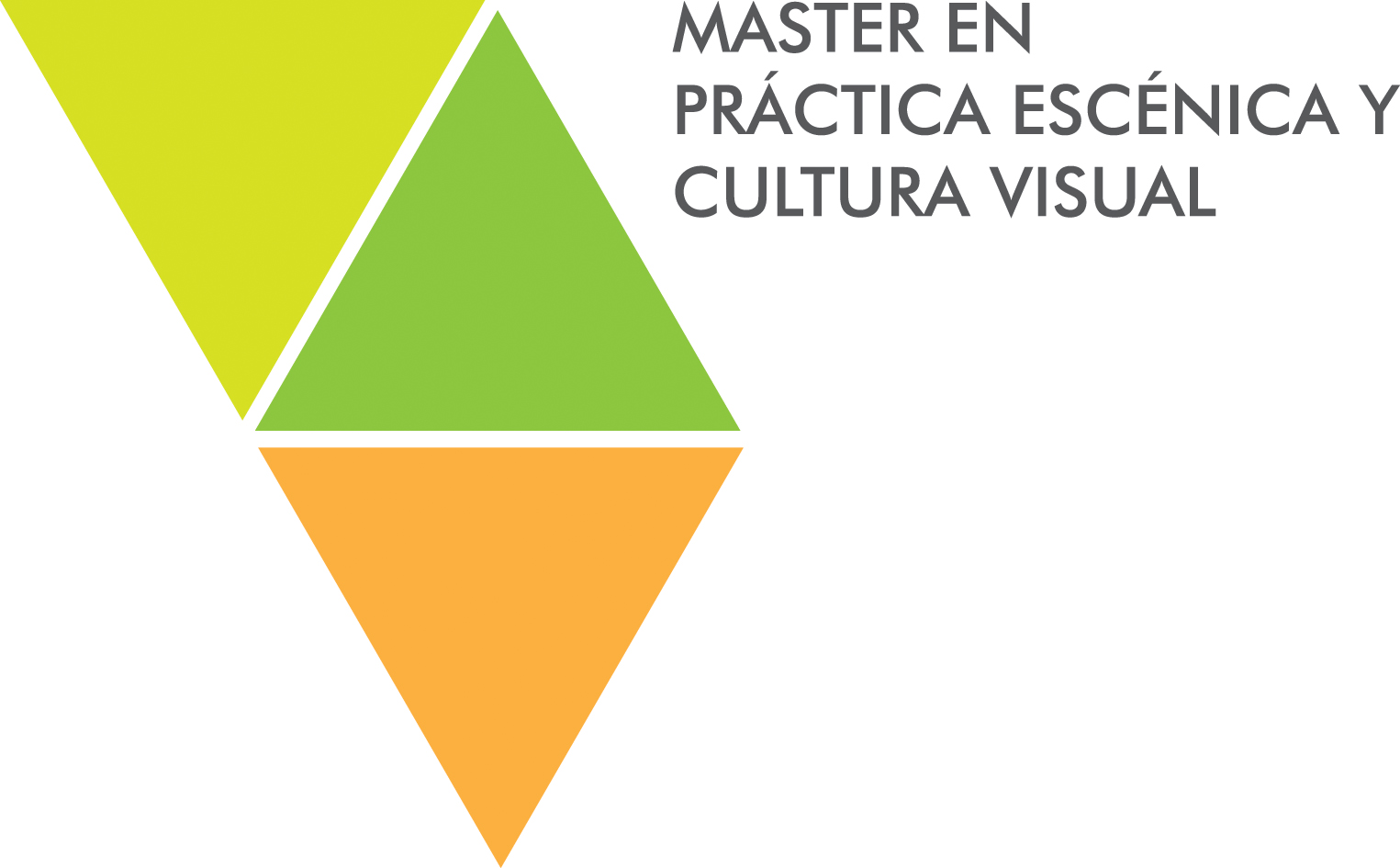-
While we were holding it together
Review of Ivana Müller’s piece (2009) A piece based on immobility, imagination and co-presence. A static image: five bodies distributed in space maintaining each one a different pose, no of them too suggestive. How to build a fable from there? Immobility is the first condition: the players take a pose, which it is apparently arbitrary:…
-

Máster en Práctica Escénica y Cultura Visual
Programa creado por José Antonio Sánchez y Pedro Sarmiento en la Universidad de Alcalá, en colaboración con el Museo Reina Sofía, Matadero Madrid y Casa Encendida. Programa ofertado por el grupo de investigación ARTEA. En la actualidad está dirigido por Victoria Pérez Royo e Isis Saz y vinculado a la oferta de títulos propios de…